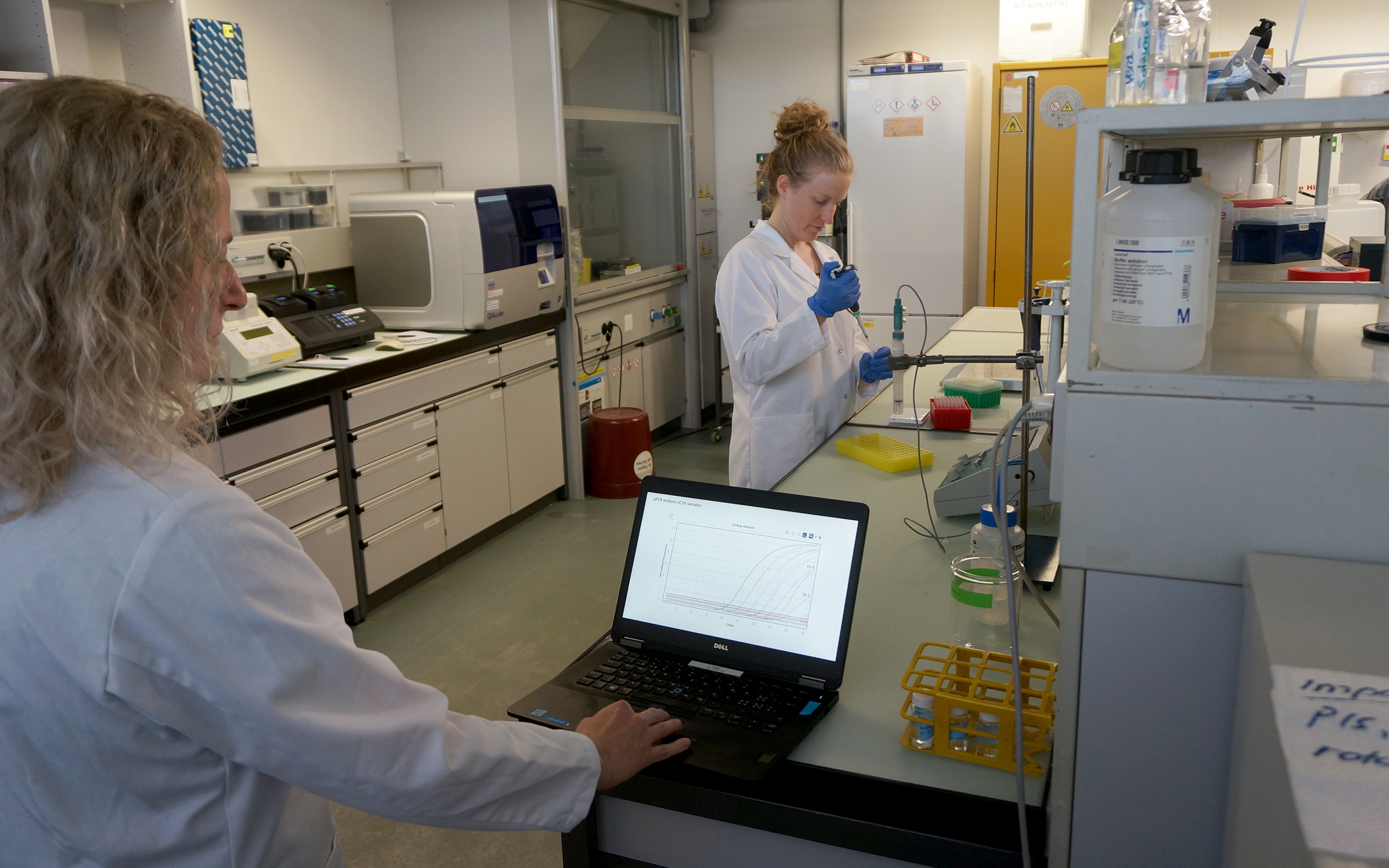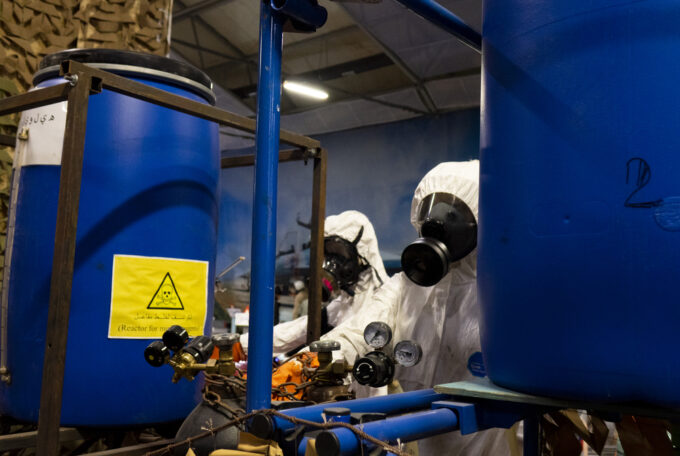Non-hazardous, but the corona course can be seen in the wastewater
Detection of the new coronavirus in wastewater has been successful. Even small concentrations in samples taken at an early stage of the outbreak can be detected. A team of researchers from EPFL and Eawag is now optimizing the method. The aim is to develop a system that can indicate a possible resurgence in the number of cases earlier than clinical tests in infected humans.

Initial wastewater samples were analyzed from Lugano, Lausanne and Zurich, and in the case of Zurich and Lugano also one each from the period at the end of February when the first known cases of infection occurred in Switzerland. In all samples, Eawag researchers say they have succeeded in detecting the new coronavirus. In the more recent samples, the concentrations are so high that analysis appears to be relatively simple. This was not the case for the February samples: "The fact that we were able to measure a signal in wastewater from Lugano, where only one case was known, and from Zurich, where only six cases were known, was not something we could have expected," says environmental scientist Tamar Kohn.
Show the course of infection, not the absolute number of infected persons
The successful detection of low viral concentrations at an early stage of the outbreak should make it possible to reconstruct the curve of the covid-19 rise retrospectively. However, it will be weeks before the more than 300 samples currently in frozen storage at Eawag and EPFL are all analyzed. It will hardly be possible to draw any conclusions about the exact number of infected individuals. Among other things, the number of viruses excreted per infected person varies too greatly. What is important, however, is the course of the disease. Using samples from Lausanne as an example, scientists have been able to roughly trace the increase in SARS-CoV2 viruses in wastewater between March and April: Kohn currently estimates the concentration to have multiplied by a factor of ten to a hundred.
Target early warning system
Samples have been taken from twelve wastewater treatment plants, nine of them from Ticino, since the first Covid 19 cases became known - a valuable archive. However, the main goal of the project is not to look back, but to build a system with an early warning function. "With samples from 20 large wastewater treatment plants geographically well distributed across Switzerland, we could monitor the wastewater of about 2.5 million people," says environmental engineer Christoph Ort. If the samples are analyzed quickly, a resurgence of infections during the exit from the lockdown could probably be detected earlier than via clinical testing of affected individuals; Ort hopes about a week earlier. The Eawag researcher has been working on wastewater epidemiology for some time. So far, the focus has been on Europe-wide comparisons of drug use, because "wastewater doesn't lie and reflects within a few hours what the population excretes," says Ort. Now, the researchers benefited from their well-established contacts with cantons and wastewater treatment plants.
Elaborate methodology
Despite the initial successes, the methodology must now be further optimized. For example, it is not yet clear what proportion of the viruses is captured during extraction - the cracking of the envelope around the telltale genetic information (RNA). This step follows several filtration and centrifugation steps. And even after this, during the selective amplification of the sought-after gene sequence, the uncertainty factors are currently still too great. Only when these can also be narrowed down will conclusions about the virus concentrations contained in the original samples become comparable.
Press release Eawag
Spread via water and wastewater unlikely
While researchers are finding the new coronavirus, at least genetic material of the same, in wastewater, there is no evidence, according to current knowledge, that the pathogen is spreading via water or wastewater. Swiss drinking water is of excellent hygienic quality and is suitable for drinking even during a pandemic. More information at
–Corona virus and the water supplySwiss Gas and Water Association (SVGW)
– Wastewater treatment and the coronavirus pandemic (pdf); Federal Office for the Environment
- German Federal Environmental Agency; "Drinking water and coronavirus SARS-CoV-2" (pdf).
- Drinking water very well protected against all viruses, including coronavirus; Water Research Institute. KWR (Nieuwegein, Netherlands)









